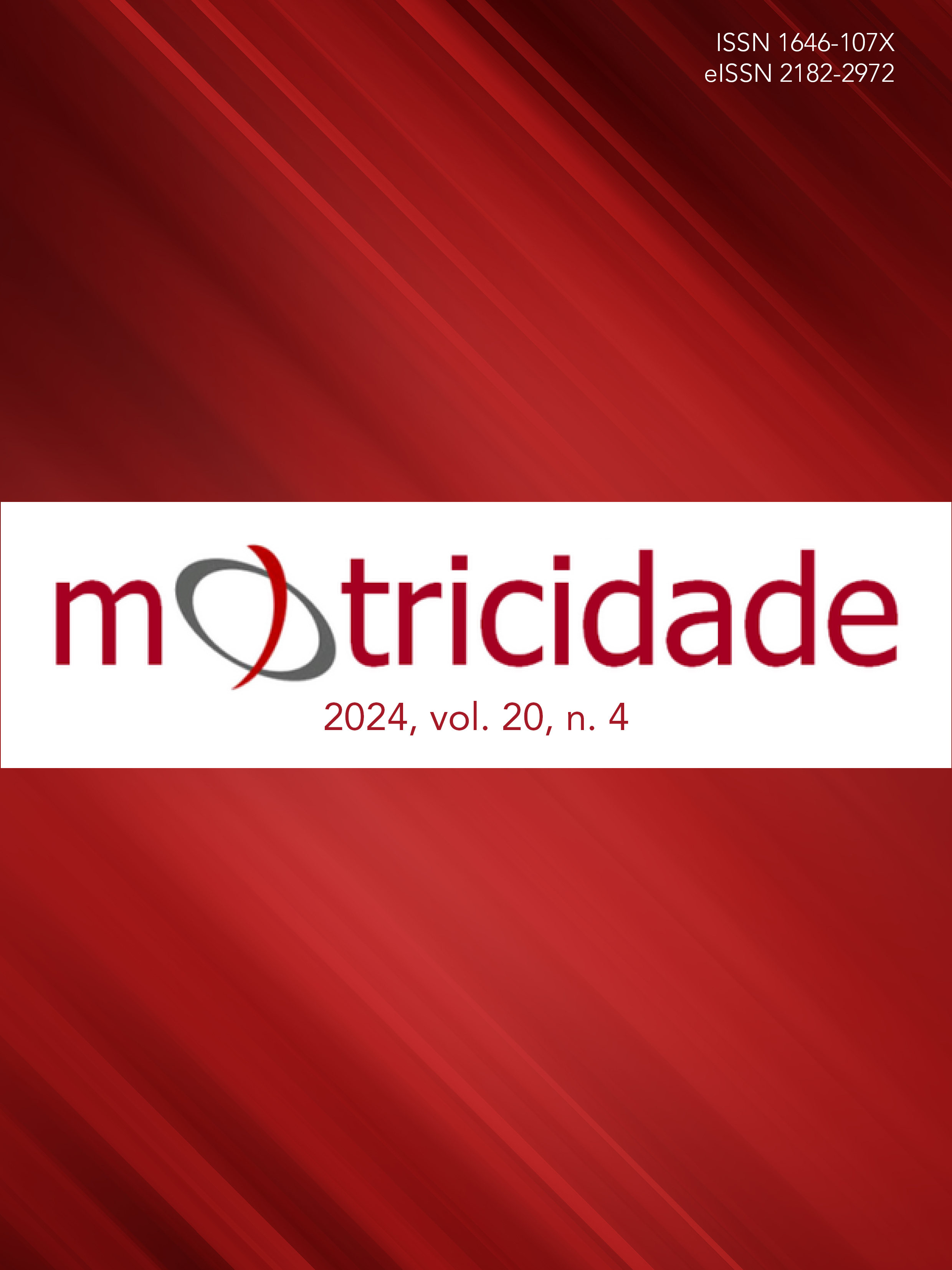Construction and validation of the Handbook of Good Practices for Physical Education Professionals, resistance training for patellofemoral pain
DOI:
https://doi.org/10.6063/motricidade.35455Keywords:
Exercise, Exercise Movement Techniques, Exercise Therapy, Patellofemoral Pain SyndromeAbstract
The present study aimed to build and validate the Handbook of Good Practices for Physical Education Professionals, resistance training for patellofemoral pain. The tool is an instructional material, whose target audience is teachers who care for students/patients with patellofemoral pain. This was a methodological development study of educational technology, of a theoretical-practical manual type, with knowledge about resistance training. The construction of the tool was based on Bloom's Taxonomy and its content validation was carried out by a group of six expert expert judges. The agreement between evaluators on the validation items was analyzed using the content validity index (CVI), the content validity ratio (CVR) and the concordance coefficient (Gwet's AC1). Eleven of the 12 items evaluated presented maximum values (IVC = 100% and CVR = 1.00), being considered adequate. The Handbook concordance coefficient was 0.97, a value considered excellent, which represented a consensus among the expert judges, validating the tool. The statistical level achieved in this study demonstrated that the Handbook is adequate to meet the objective of supporting physical education professionals in conducting resistance training as the measure of choice for the non-pharmacological treatment of patellofemoral pain in the chronic phase.
Downloads
Published
Issue
Section
License
The authors of submitted manuscripts must transfer the full copyright to Journal Motricidade / Sílabas Didáticas Editions. Granting copyright permission allows the publication and dissemination of the article in printed or electronic formats, and copyrights start at the moment the manuscript is accepted for publication. It also allows Journal Motricidade to use and commercialise the article in terms of licensing, lending or selling its content to indexation/abstracts databases and other entities.
According to the terms of the Creative Commons licence, authors may reproduce a reasonable number of copies for personal or professional purposes, but without any economic gain. SHERPA/RoMEO allows authors to post a final digital copy (post-printing version) of the article on their websites or on their institutions' scientific repository.


